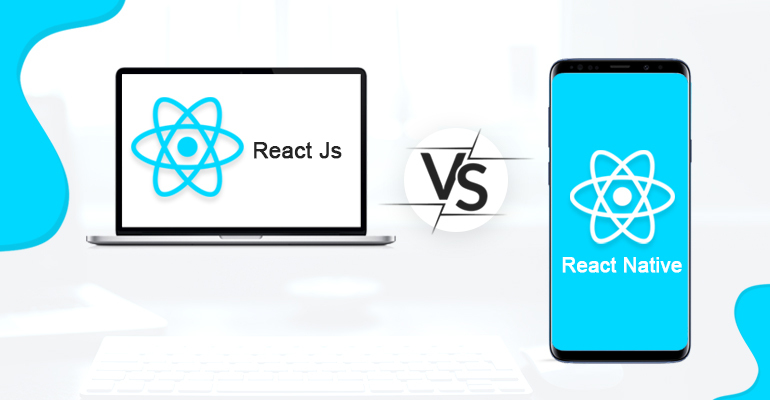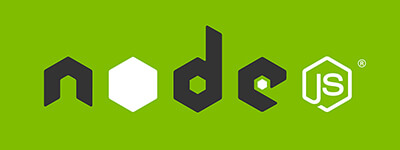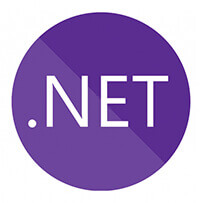
Difference Between React JS vs React Native
ReactJS and React Native are among the most popular technologies used to create various types of applications. Going to the fact that they are developed by the same company. ReactJS and React Native is very much similar yet different from each other. ReactJS vs React Native is a fascinating comparison and forces developers to think hard into their usefulness and application for developing web apps, mobile apps, mobile responsive websites, and more.
In this article, we will decode ReactJS vs React Native and give app builders, the insights into this subject. So, let us start.
Featurs of ReactJS
Intuitive architecture- ReactJS is extremely intuitive to work with and provides interactivity to the layout of any UI. Unlike a web development framework, ReactJS as a library introduced the concept of component-based architecture to the development arena. It has a small learning curve, is easy to use, and comes with a good supply of documentation, tutorials, and training resources. Anyone who comes from a JavaScript background can understand and start using React in a few days.
JSX- JSX is a syntax extension to JavaScript. Using JSX we can add HTLM to the JavaScript file. All coding in React is done using JSX. It is used with React to describe what the user interface should look like. It also helps making the code easier to understand and debug. Ultimately, JSX is a combination of HTML and JavaScript which is extremely helpful when developing web apps.
Reusable Components- ReactJS provides reusable components that developers have the authority to reuse and create a new application. With reusable codes, developers don’t need to write different codes for similar app components. This facilitates faster development with lower costs.
Moreover, it improves the debugging speed i.e. if you edit one part of the app, it doesn’t affect other parts. Thus, ReactJS saves a lot of testing and debugging time as well.
he Virtual DOM- DOM (document object model) is a viewing agreement on data inputs and outputs. React keeps a lightweight representation of the Real DOM in the memory which is known as The Virtual DOM. Using this Virtual DOM, ReactJS can help your business in web and mobile application development that define speed like none.
When the state of an object changes, the virtual DOM changes only that objects in the real DOM instead of updating all the objects. This method guarantees a better user experience and higher app performance.
One-way data binding-ReactJS trails one-way data binding. One-way data binding is specifically used when information is displayed and not updated. The components of React are functional in nature i.e. they receive information through arguments and pass information by other return values. Due to this, absolutely anyone can track all the changes made to any particular segment of the data. This is a symbol of simplicity.
What is React Native?
React Native which came after ReactJS, is a cross- platform mobile framework that uses ReactJS for building apps and websites. React Native compiles native app components and enables the programmer to build mobile applications that can run on different platforms such as Windows, Android, iOS in JavaScript. React Native is the same as React, but it targets mobile platforms rather than the browser. Facebook developed React Native in 2013 for its internal project Hackathon. It quickly recognized the steady increase of mobile needs and in 2015 released the React Native framework for the general public. React Native was initially developed for the iOS application. However, recently, it also supports the Android operating system.
Features of React Native
Write Once, Use Everywhere- This is React Native's base feature. It means that the code written in React Native can be used on any of the mobile platforms to build native applications or applications that work on multiple platforms.
Easy Language- As mentioned earlier, React Native makes use of JavaScript which is one of the most popular and widely used web development languages. For every web developer, JavaScript is a must-have skill. What's more? This ultra-essential field is very easy to learn and implement.
Community Support When it comes to community support, React Native surely has a diverse community. Today, React Native is supported by contributions from individuals and companies around the world including Callstack, Expo, Infinite Red, Microsoft, and Software Mansion.
React Native's community is always shipping exciting new projects and exploring platforms beyond Android and iOS with repos like React Native Windows, React Native macOS and React Native Web.
Live Reloaded-
The live reload feature is one of the best features that assist the developer while creating the application. Using live reload, you'll be able to modify the code as well as see the modifications simultaneously. For ex- If the business logic is changed, its reflection is live reloaded on screen. This makes the process of development fast, and it saves time.
Smoother UI experience- Sharing of UI libraries such as Shoutem, Expo, native base, and others provide a smoother UI experience to the developers. It saves the time required to build them from scratch, and this means that more focus on innovation and ideas can be given, rather than creating libraries from the beginning. React Native also allows cost- effective testing using tools such as Jest, etc.
ReactJS vs React Native: Comparison
Base application- React is used to develop web applications whereas React Native is used for mobile applications development. Some examples of web apps created using React are Facebook, Netflix, Yahoo mail, etc. On the other hand, React Native is used in mobile applications such as Instagram, Uber eats, Bloomberg, etc.
Setup and Bundling- React Native is a framework of JavaScript which comes with all the essentials that you'll need to set up and for the development of your application. React on the other hand is just a library of JavaScript. Therefore, when you use React, you will need various other tools for setup and development.
Hot reload- Live reload or Hot reload as mentioned earlier is a feature that allows you to code as well as see the modifications in your application simultaneously. React Native supports Live reload whereas React does not.
Template Rendering- Both React and React Native use JSX for the development of views or templates. But React is much better when it comes to styling your application's UI using CSS. React Native on the other hand makes use of native platform APIs.
Learning Curve- Even though React is not very difficult to learn, React Native is much easier. This is because you can make use of ready-made components in React Native while for React you will have to code them yourself.
Base derivative- ReactJS can be described as a base derivative of React DOM, for the web platform while React Native is a base derivative in itself, which means that the syntax and workflow remain the same, but components alter.
onclusion: Which is better, React or React Native?
We've done a head-to-head comparison between React and React Native so we can conclude both ReactJS and React Native are important pillars for app and web development. Both frameworks have their strengths and limitations. And day-by-day these technologies are gaining momentum by putting their potential with an evolving network of libraries and flexible functionalities.
The answer to which one is better among two depends upon the project that you are creating. All you need is an adequate amount of skill and knowledge and you are good to go. If you are focusing on creating the UI for web applications then React is what you need. But if your project is going to be a mobile application then you should go with React Native.
This ends us. Hope this guide would have helped you with your queries among ReactJS and React Native.


































